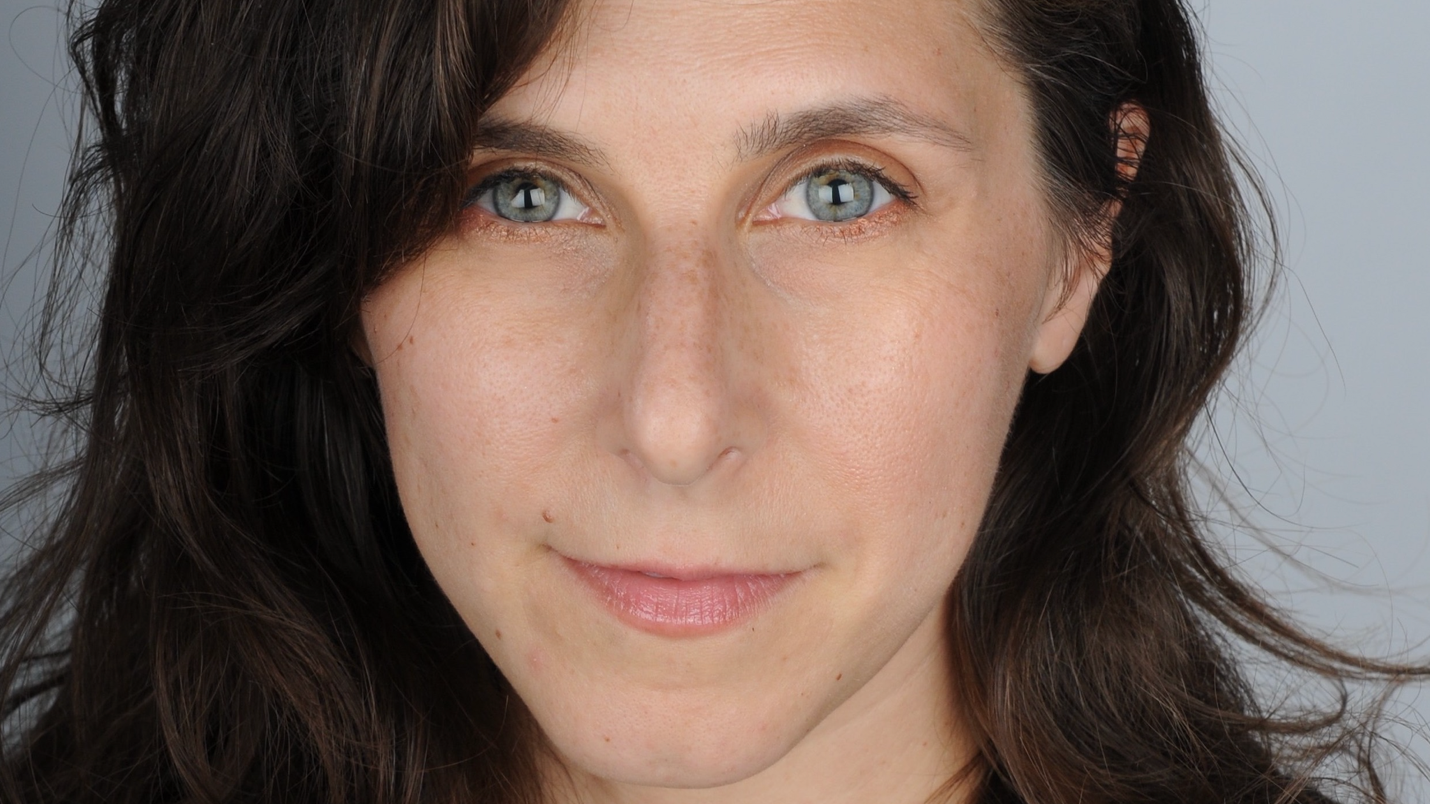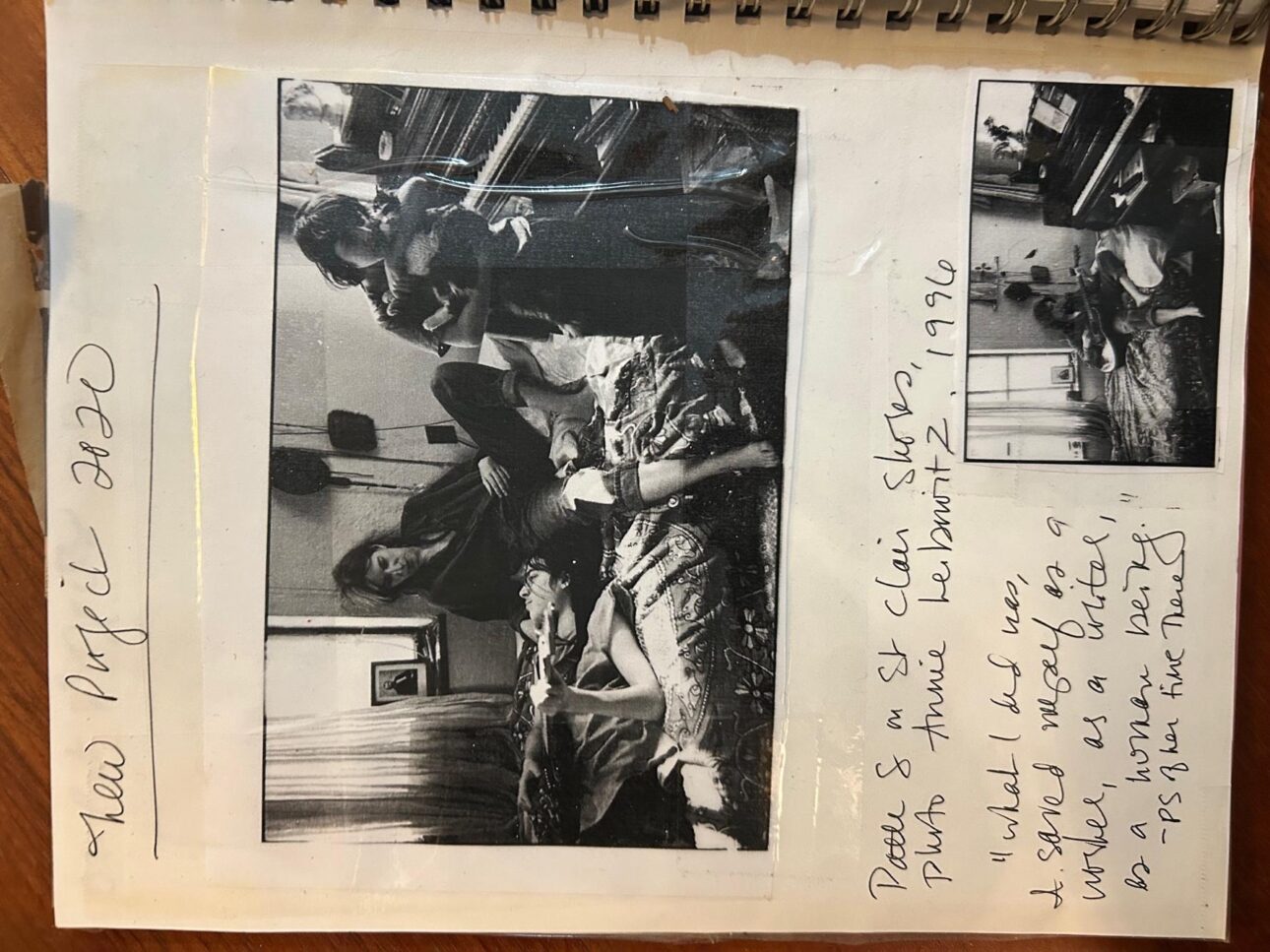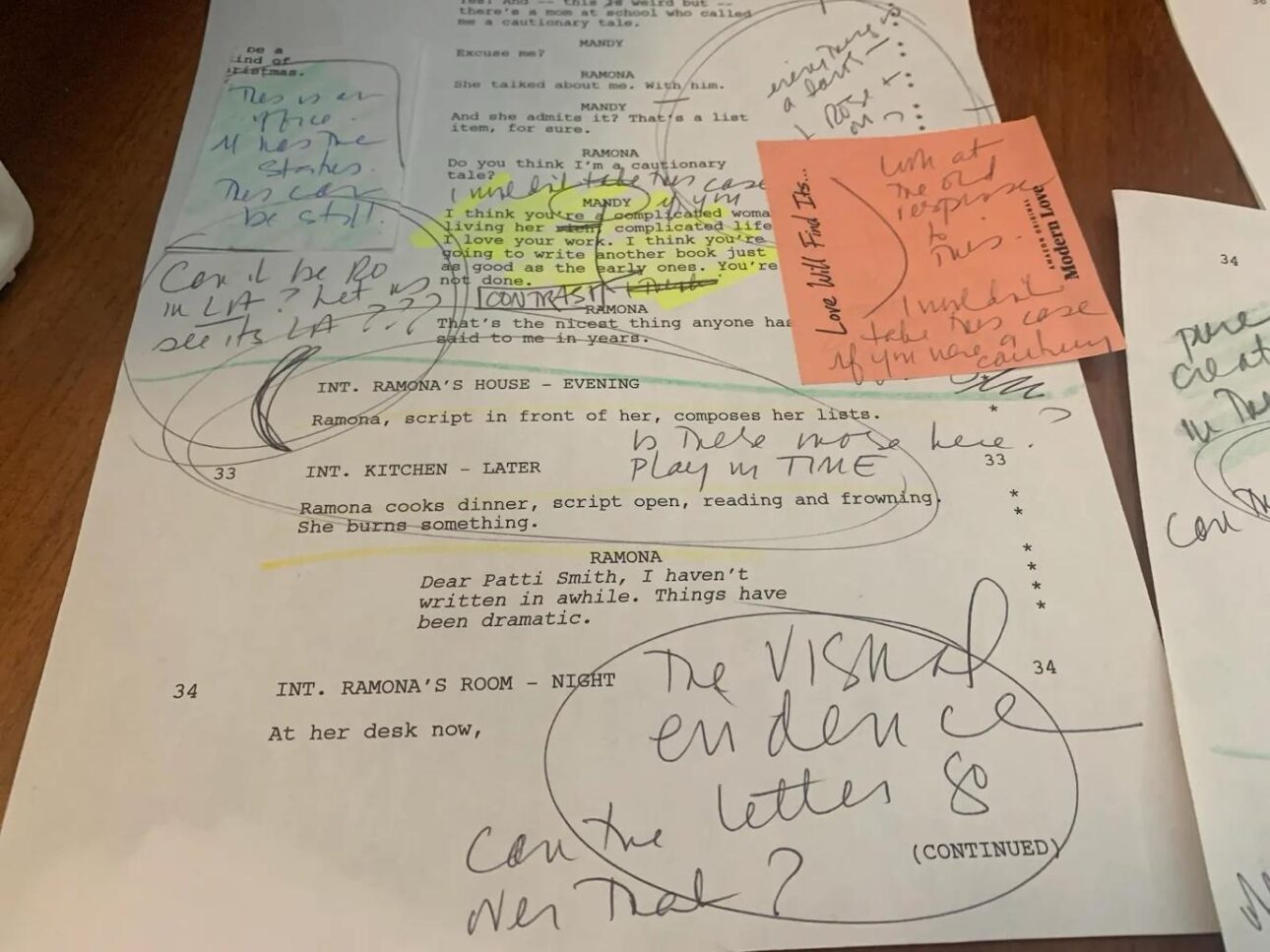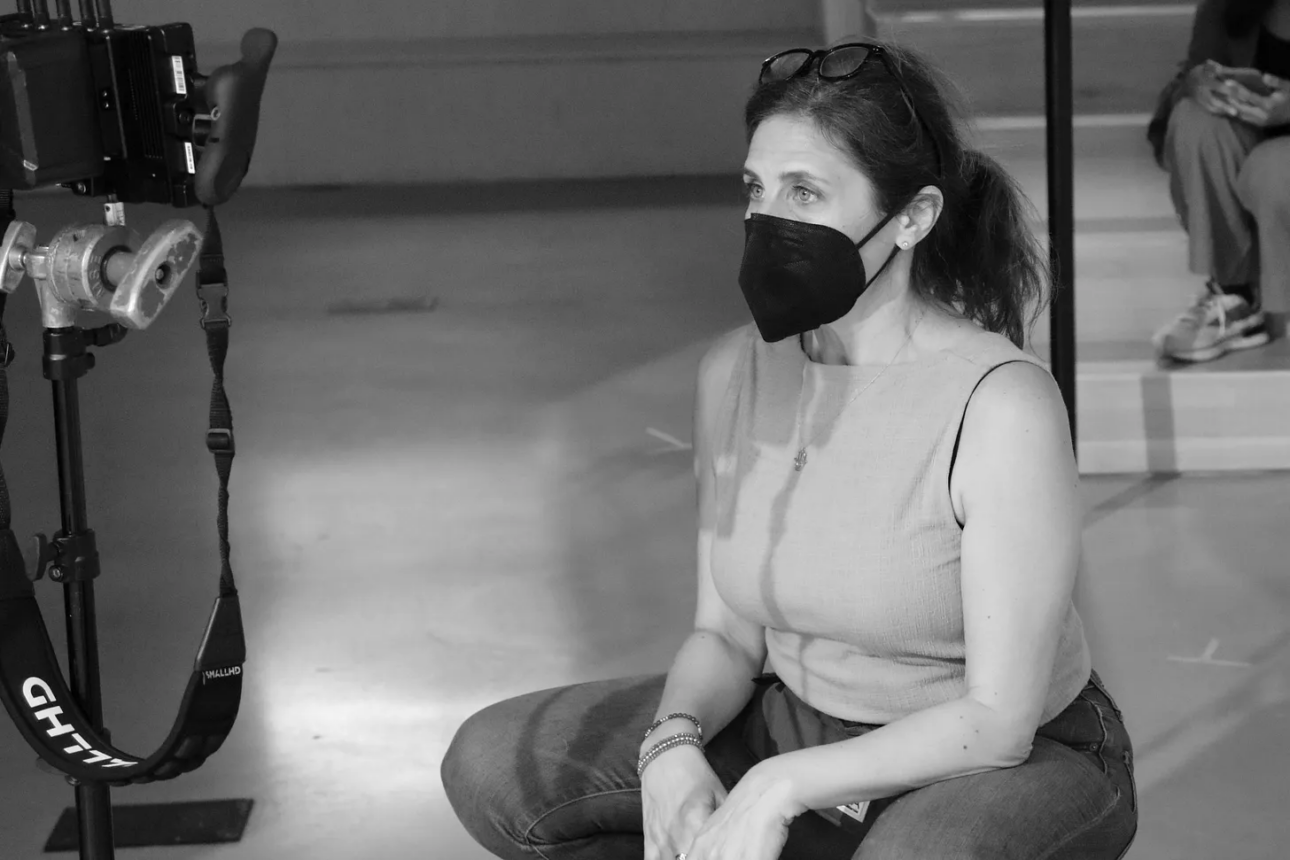
Brooke Berman knows what it means to be in the trenches. Not the kind with sandbags and fatigues, but the kind that come with late-night rewrites, diapers, and a creative industry that treats women over 40 like yesterday’s news. Her directorial debut, Ramona at Midlife, isn’t just another indie film—it’s a battle cry. Starring Yvonne Woods alongside Alysia Reiner (Ms. Marvel), Joel De La Fuente (The Man in the High Castle), and April Matthis (New Amsterdam), the film follows Ramona, a once-promising literary star now struggling to balance single motherhood, a dead-end job, and the ultimate insult—watching her own life repurposed as someone else’s movie. Premiering on Apple TV and Prime on February 11, 2025, Ramona at Midlife takes aim at the way women’s stories are told, twisted, and too often dismissed. Kristen Vaganos, who produced the film, calls it “a female-driven tale about who gets to tell whose story—and why it matters.” It’s messy, darkly funny, and brutally honest, much like Berman herself. And it took everything she had to make it happen. The road to Ramona was paved with frustration, perseverance, and, of all things, unanswered letters to Patti Smith. Because when Berman needed a map for how to hold onto art, ambition, and motherhood all at once, the legendary punk poet was the only one who seemed to have cracked the code. Here, in her own words, Berman lays it all out.

Dear Patti Smith: by Brooke Berman
I met Patti Smith the summer of 2010 at the Chateau Marmont. I’d fallen in love with her later than most, through her memoir Just Kids. I moved to New York City at eighteen much as she had, for art and poetry and like her, built a life devoted to those things. But she became important to me later, as a mother, when I struggled to understand how my identity as an artist (in my case, a playwright and later filmmaker) would survive motherhood. It’s not that I couldn’t write. I could! I had sold a pitch a few months before my son was born, and the producers were expecting a first draft a few months post-partem. In fact, I worked relentlessly through my son’s first year. The questions emerged later, in the second and third years, and they were deeper and more foundational than whether (or when) I’d write. I wanted to know who I was becoming. And I wanted a role model.
My mother had died a few years earlier. When I went home to Detroit for her funeral, my then-89-year-old grandmother turned to me and said, “You’re going to get married and have a child.” I responded, “I’m 39, Grandma, don’t hold your breath.” But soon after, I met my husband at an artists retreat and did just as I’d been told. As an older mother (41 by that point) with one child, I knew I wanted to be present for the early years. Naïve, I had no idea that my career would take a hit. And I was grossly unprepared for what that hit would feel like or the loss of identity it would render in me. I had been a theater artist for as long as I could remember. It was the only thing I ever wanted. And now, as the mother of a barely sleeping toddler, knee-deep in kids’ music and Open Play, I needed to know how to connect what felt like disparate identities—Mommy, Writer, and Woman.
Patti Smith seemed to know the answer. I knew she knew. And I wanted her to tell me. I wanted her to write me a poem or give me a map and show me just how I could become the next version of myself but even more to the point, how I could be present for my son and Art without breaking in two. I wanted her to tell me it would be okay.
More from Spin:
- Tom Morello Taps Into ‘Rage’ Energy
- Left of the Dial: ‘The Current is the Heart and Soul of Minnesota Music’
- ‘Buckcherry Has Always Been the Black Sheep of Rock Music’

The origin story of Ramona at Midlife probably dates back to our summer pilgrimages to Detroit. Each August, visiting Grandma Ida, my husband and son and I would wander the city (Detroit Institute of the Arts! Belle Isle! John King Rare Books!) and I’d write letters to Patti Smith in my head. I wanted to know: Did you go to PTA meetings? Did you make small talk with other moms on the playground? How did you handle homework? What did you think of Curriculum Night? I wanted to know all about those years and whether she ever doubted the journey. I wanted her to tell me how to survive.
There are so many films and TV shows that show women having to choose between creative power and maternal power, as if there were no way to survive the ambivalence and constant juggling act of both. We’re told that The Baby Boomers lied and we can’t have it all. And while perhaps that is true, what if we could withstand the ambivalence and trade-offs and arguments and forge a path? Smith, at least what I know of her, refused to put these two identities in conflict. She somehow figured it out.

I want to hear more about that. I want to hear Patti Smith talk about the trade-offs. I want to learn. I want to hear about fatigue. About marriage between two artists (like Smith and Smith, my husband and I are both writers). Finally, I want to hear what it was like to move back to New York when her kids were older and how she stepped so seamlessly back into her place here, a role she never really relinquished, Punk Princess and Poet. New York received her with open arms. How did that happen?
I want these stories. I need them. And if I am ever lucky enough to meet Patti Smith, I promise to report back.
Brooke Berman never got that letter back from Patti Smith. But she did get something else—a film that asks those same impossible questions and dares to believe there might be an answer.

Ramona at Midlife is now available for pre-order on iTunes and will stream on Apple TV and Prime starting February 11, 2025. Pre-order here.
PIN Magazine newsroom and editorial staff were not involved in the creation of this content
To see our running list of the top 100 greatest rock stars of all time, click here.
